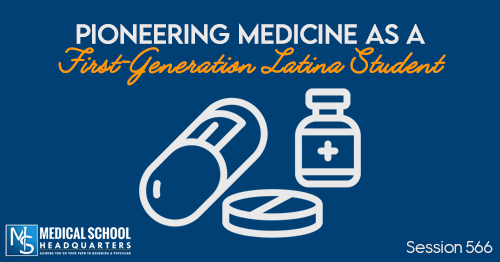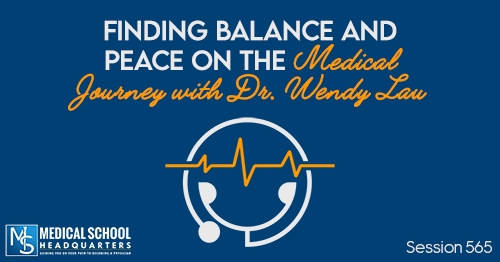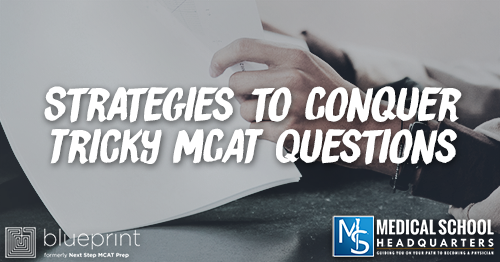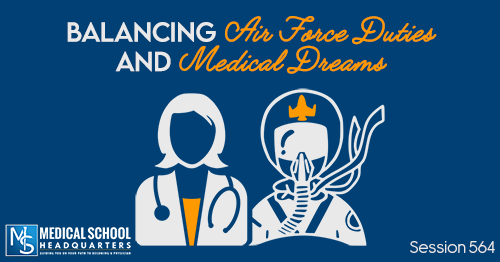Before or after an interview, a school might reject you outright, or they might put you on their waitlist. This guide aims to tell you what you can do to get off the waitlist and how to plan for applying next cycle, if you need to.
Pre-Interview Waitlist
Often, if a student hasn’t gotten any interview invitations, it’s because the student has lower stats and is toward the bottom of the stack of applications to review. Some schools will fill interview slots with the top students first and fill the remaining seats with students lower on the school’s ranking system.
In any cycle, if you haven’t received any interview invites by the end of November, it’s time to start thinking about whether you’ll need to reapply. Reflect on and indentify weaknesses in your application and plan for how to improve them. If you’ve addressed any weaknesses since submitting, you can send a short update to schools that accept them. See more about how to do this in our recent post on update letters and letters of intent.
If you get placed on a waitlist before an interview, the school still considers you a possiblity. You may get a late interview as other students cancel or if they can open up any interview dates. Don’t think of this as them waiting to reject you. It would be easier for them to reject you outright and move on. They’re open to you but not ready to commit. Try to be encouraged by that. Every school that hasn’t said no yet is still a potential yes in the future.
If a pre-interview waitlist is the only feedback you have, practice your interview skills so you’re ready when your time comes.
How Do Schools Use the Interview?
For some schools, the interview makes or breaks their decision to admit you. For these schools, once you’ve met the barrier to receive an invitation, they let the interview and fit decide the rest. They may then take stats out of the picture and look at just your essays, LORs, and interview. The admissions committee may also be comparing you to someone who had a similarly good interview but had better stats or a better personal statement. Other schools may be interviewing students specifically for waitlist seats, especially once it gets late in the cycle. Each school can make decisions in any number of ways, which is why it’s essential to consider your whole application when trying to assess where you can improve.
Post-Interview Waitlist
If you’re on a post-interview waitlist, your potential issue may be more apparent, and you might have time to change it within the same cycle, depending on when you get this feedback. Being put on a post-interview waitlist should be a sign to work on your interview skills. There is no perfect interview, but it may show that yours didn’t quite go well enough to gain you an outright acceptance.
If you’re still waiting to get interview invitations or have an interview coming up, take this time to practice those interview skills. The next school you interview with might be the one to give you that acceptance. You want to feel confident going in, knowing you did everything you could. Ask a friend or advisor to do a mock interview with you.
You also want to have a sense of what you want to say (bullet points), but not a script you’ve memorized. Trying to stick too closely to the script in your mind will keep you from being able to follow the conversation where it’s taking you. And at the end of the day, the medical school interview is a conversation. Even in an MMI, the critical thing is that you’re able to explain your thinking, not that you found the exact perfect thing to say.
What can I do?
As mentioned earlier, if your activities or grades throughout the cycle have improved, you can send an update letter to the school and let them know that you are excited to interview with them in the future.
Keep in mind that being on the waitlist isn’t inevitably a rejection. Movement from the waitlist can begin in winter or early spring and continue until orientation starts. Thank the school for considering you when you get the notification email. As you wait to hear back, continue working on your application, whether through activities, MCAT prep, or rewriting your essays. This way, you’ll be ready to go when the next application cycle opens, and you’re not going in with the same issues that held you back the first time.
While you wait to hear from schools, know that the most waitlist movement happens in the spring, as students withdraw their applications and choose the one school they will attend. Be ready for the worst, but be hopeful that there’s still a chance.
How Does the Med School Waitlist Proccess Work?
The Premed Playlist Guide to the Application Process – includes a section on the waitlist and sections on each step of the process.







